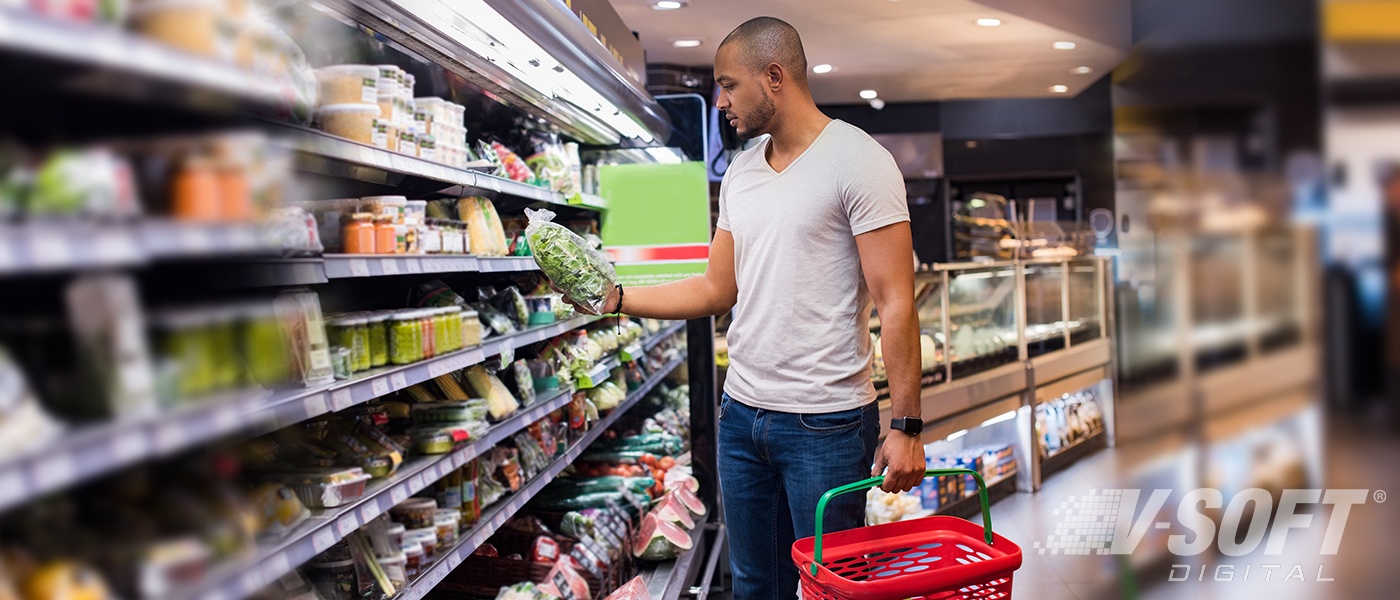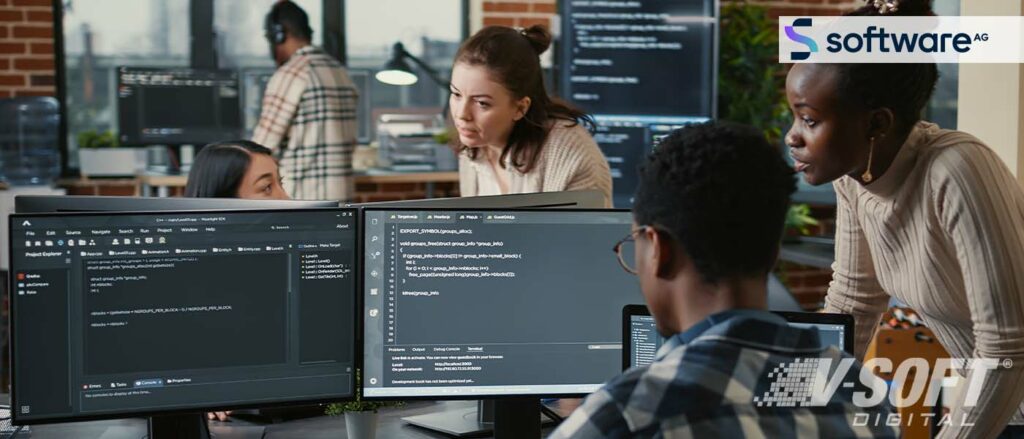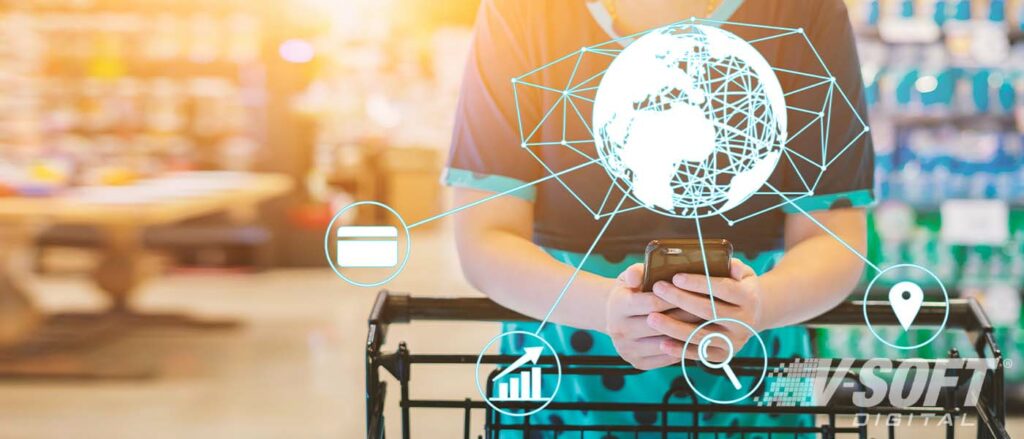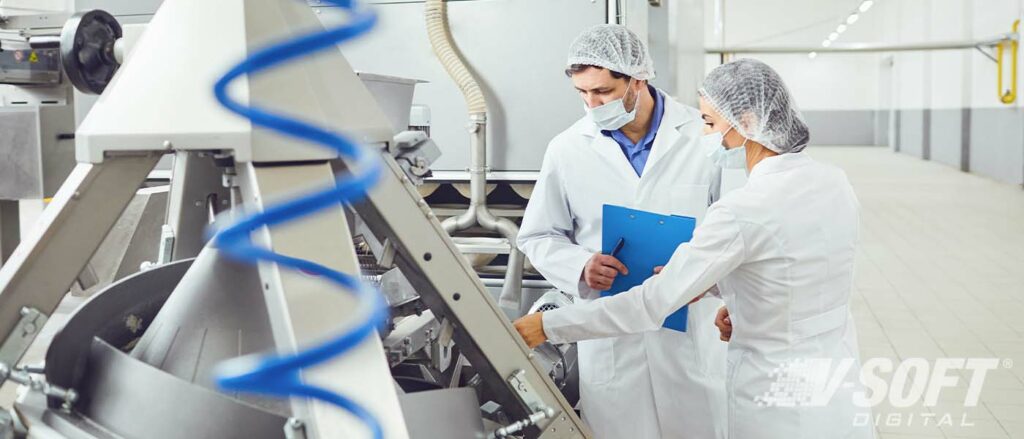From Field to Fork: Solving Food and Beverage Suppliers’ Toughest Challenges
Creating Complete Product Transparency
In 2021, consumers want to know exactly where their ingredients come from. They want full product transparency. Unfortunately for suppliers, collecting these details can be difficult. If a product has a long and winding journey to the consumer spanning different countries, farms and ingredients, identifying every part of the product is nearly impossible without digitization. The innovative food and beverage businesses of today implement IoT, data analytics and cloud technologies to digitize their supply chain and create accurate, detailed product information in real-time. This information is then passed to the savvy and eco-conscious consumers via packaging and digital channels like social media and product websites.
Offering Products On-Demand

Another real-time consumer trend made prevalent in the past decade is on-demand food ordering. Consumers have come to expect all products to be delivered to them when and where they want – all with an easy-to-use mobile ordering experience. Traditional food and beverage brands that haven’t jumped on this trend are giving up huge market share to their competitors. Even if traditionally your product was just being stocked in grocery stores, every company can launch their on-demand delivery capabilities to increase revenue. To do this, businesses are implementing integrations tools, data analytics, cloud technologies and mobile apps.
Keeping Up with the Competition
The food and beverage landscape is getting tighter and tighter every year with new brands added to one of the most competitive marketplaces, all vying for the consumer’s tastebuds. The competitive advantage truly lies in knowing as much as possible about your competitors. There are so many data points to uncover from competitors that it would be impossible to do so manually or with outdated tools. Effective API and data management is key to develop data-driven strategies for the future and to adapt to ever-changing market conditions.
Offering On-Trend Healthy Options
The COVID-19 Pandemic will leave a lasting impression on consumer needs as a new attention and focus has been added to food and beverage products that are healthy and immune-boosting. Being able to identify current health preferences will allow business to make trending health products available for increased profit opportunities. Uncovering this consumer trend data can be accomplished with AI and analytics tools.
Avoiding Waste in the Cold Chain
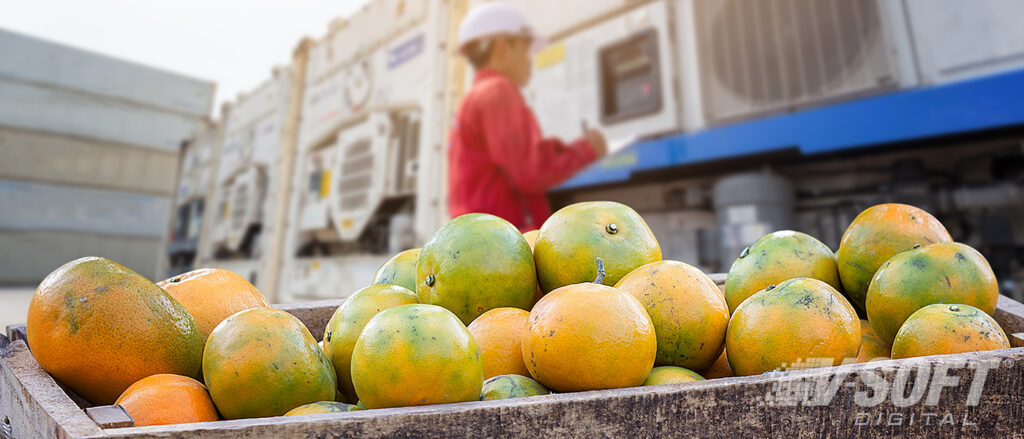
One of the biggest challenges of the food and beverage supply chain is getting temperature sensitive products from the field all the way to the consumer without damage or rot. The longer the supply chain, the harder this becomes. Using advanced technology solutions, such as IoT, to reduce food waste and aggregate temperature data points from all refrigeration and storage devises will ensure product never gets below a certain temperature threshold. This will ultimately increase the amount of usable/sellable product, as well as overall profits. For food and beverage businesses, innovation is key to future-proofing your business. Catering to customers with digital solutions will help your brand rise to the top of the competition.
Learn more about how to optimize your Food and Beverage operations, here.

